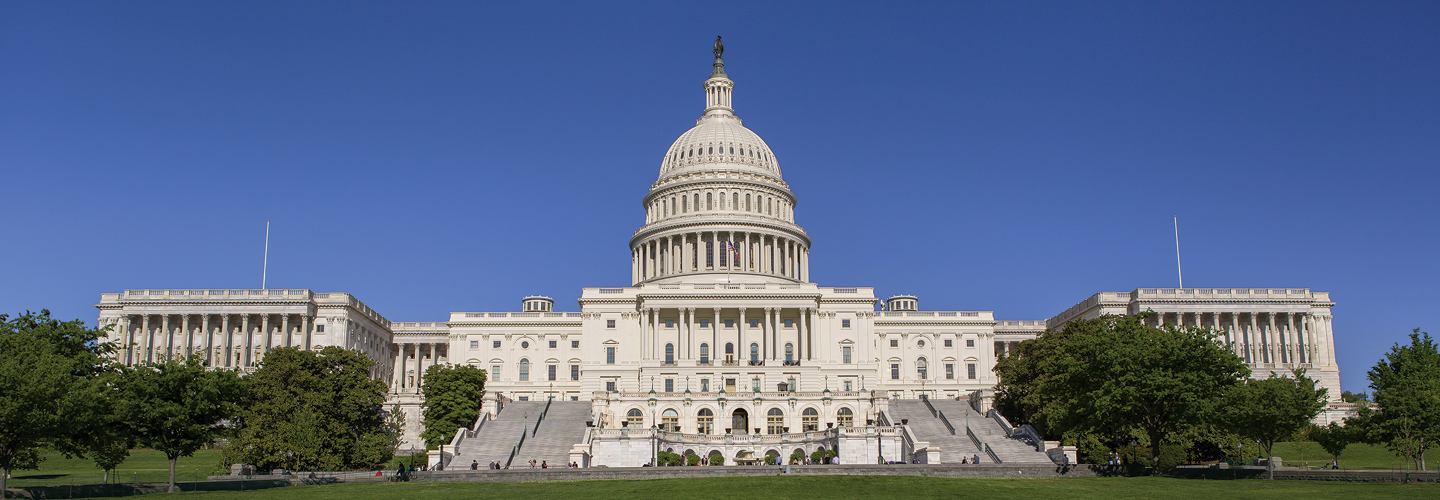Americans increasingly see Washington, D.C., as a “swamp” filled with career politicians and unaccountable bureaucrats and lobbyists. In order to change the way Washington works, we must change the incentives for the players inside that swamp, particularly members of Congress. To do this, we need to institute congressional term limits.
To that end, I have introduced a constitutional amendment limiting House members to three two-year terms, and senators to two six-year terms.
A recent Rasmussen poll found that Americans on both sides of the political aisle overwhelmingly favor term limits. The Founding Fathers intended those on Capitol Hill to be citizen legislators working in the best interests of their constituents, not a class of political elites focused primarily on keeping themselves in office.

